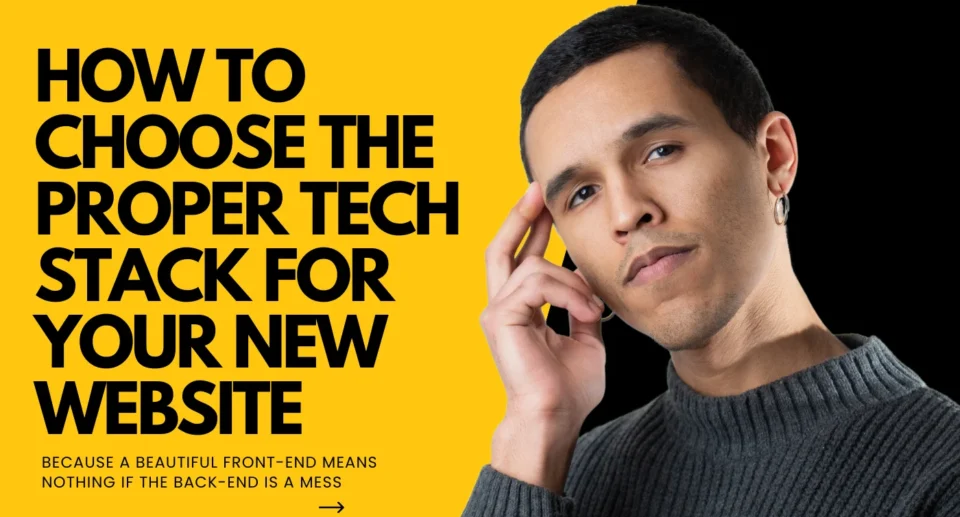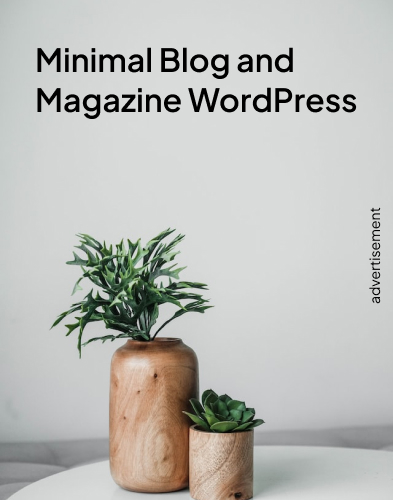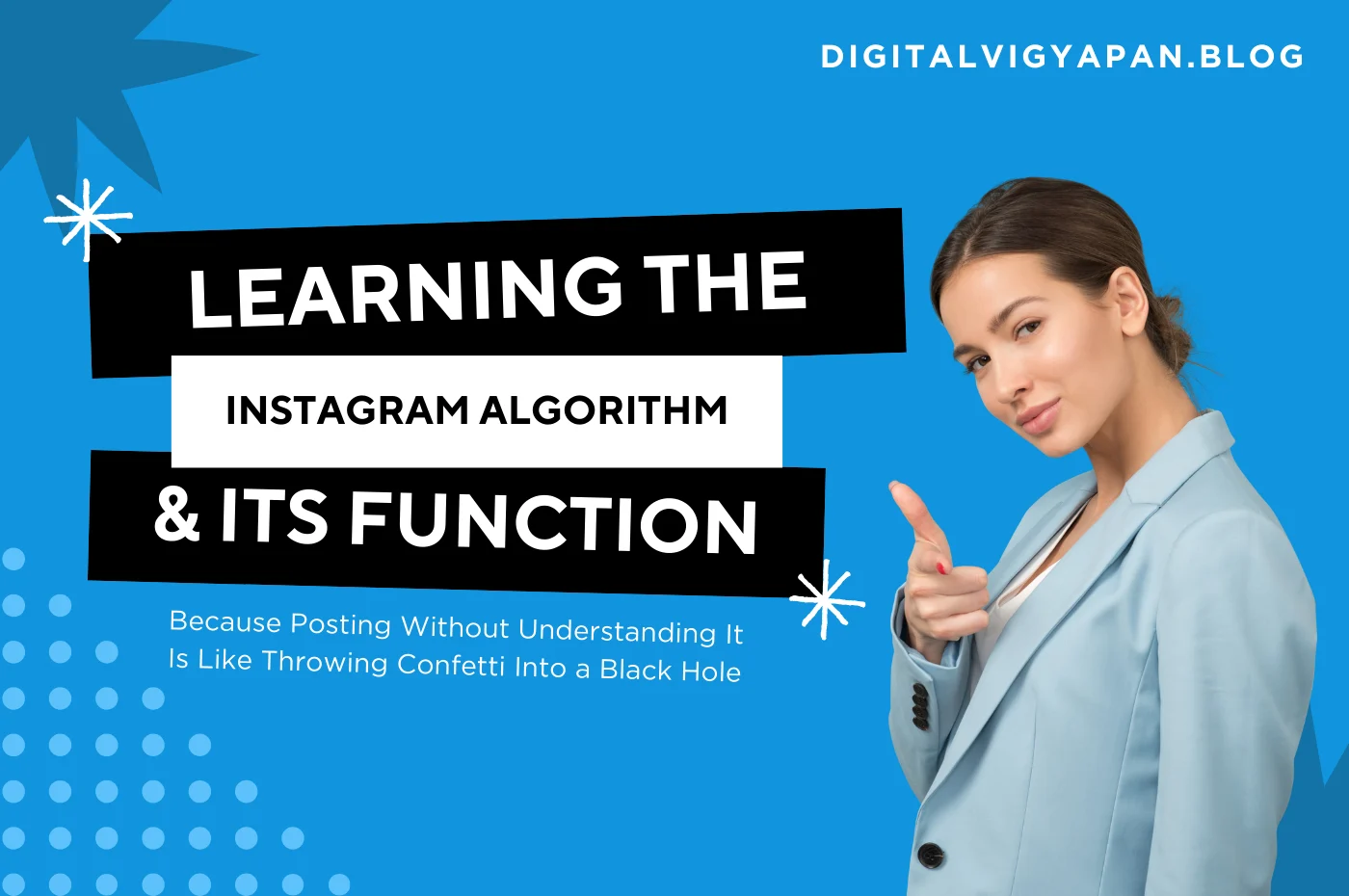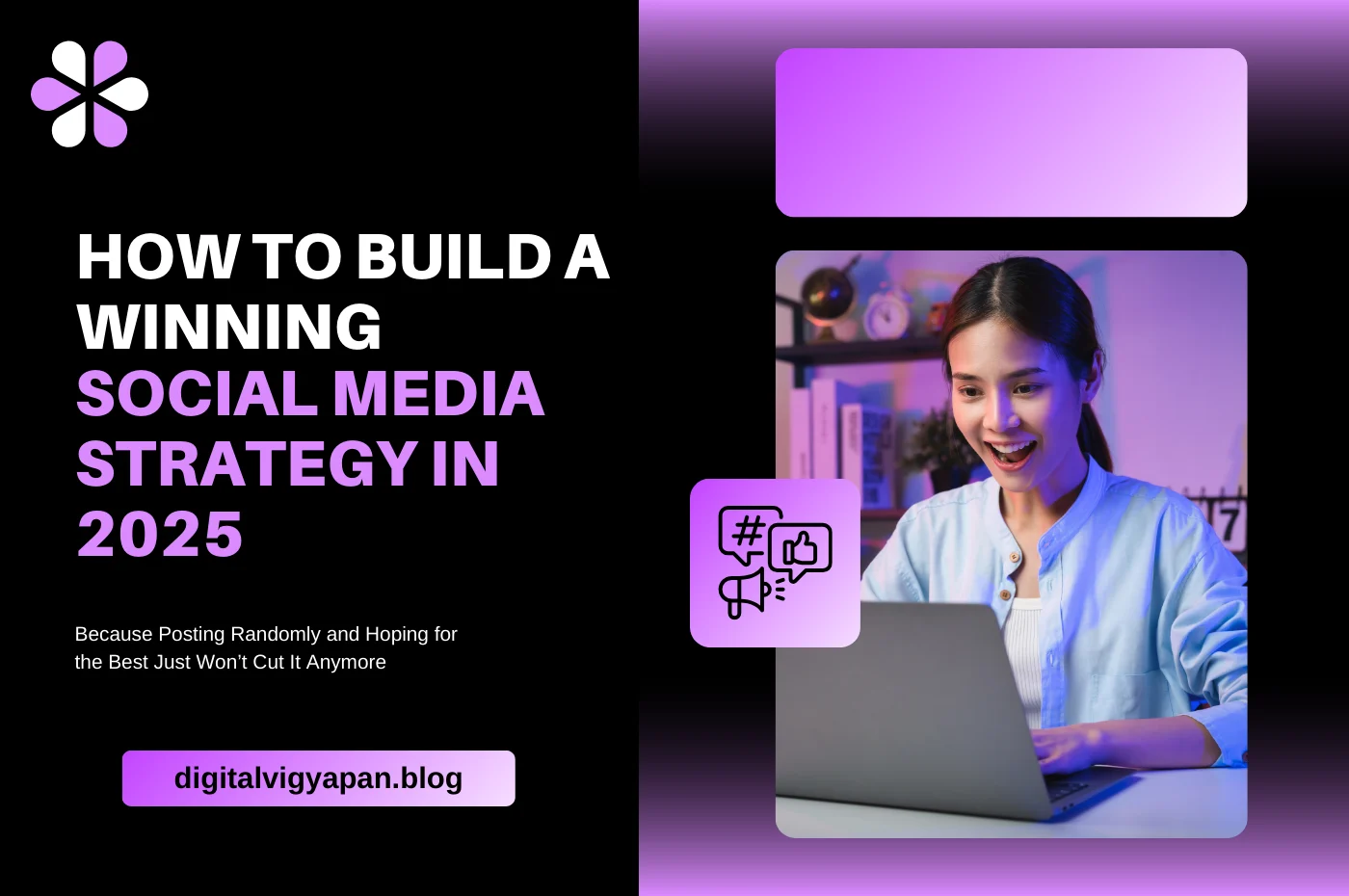Why LinkedIn Comments Are More Important Than Posts (And How to Leverage Them in 2025)
Jay Pathak
- April 24, 2025
- 5 Min Read

Because Quietly Dropping Value in Someone Else’s Comment Section Might Just Be the Smartest Growth Hack This Year.
Let’s be real for a second.
Everyone’s obsessed with going viral on LinkedIn in 2025.
Hook-driven posts. Carousels. Thought leadership threads.
You’ve seen it. You’ve probably done it.
And while those high-performing posts definitely serve a purpose, there’s a quieter, more powerful tool that most people are completely sleeping on:
👉 The humble LinkedIn comment.
Yup, we said it. Comments > posts.
Not in every way, of course—but when it comes to organic reach, networking, personal branding, and building actual relationships, commenting might be the most underrated weapon in your LinkedIn arsenal.
Let’s break down why, and more importantly—how to use comments like a pro in 2025.
🧠 The Algorithm Secret No One Talks About
We all know LinkedIn is a content machine. But here’s what’s happening under the hood in 2025:
Posts with meaningful engagement (comments, not just likes) get pushed harder.
The commenter’s profile becomes more visible to people engaging with that post.
Every time you leave a comment, you’re hitching a ride on that post’s distribution wave.
In short:
A great comment on a high-performing post can get 10x more visibility than one of your own mediocre posts.
And here’s the kicker:
It’s not just about views. It’s about contextual visibility.
You’re showing up in front of an audience that already cares about the topic—and is primed to engage.
👀 Comments Are Mini-Masterclasses (When Done Right)
Think of comments as micro-posts.
A well-thought-out comment lets you:
Demonstrate expertise
Disagree respectfully (and smartly)
Add an extra layer of insight
Ask a sharp follow-up question
Tag someone else in and build a bridge
The person who posted sees it. Their audience sees it. The algorithm notices it.
And guess what? You just created pull-based visibility—people will click on your profile because you said something valuable, not because you promoted yourself.
That’s how real personal brand growth happens.
🎯 The Psychology of Commenting: Why It Works
Here’s why commenting hits different in 2025:
It feels conversational – Posts feel like broadcasts. Comments feel like dialogue.
It shows humility – You’re not shouting. You’re contributing.
It triggers reciprocity – You leave valuable comments? People start doing the same on your content.
It builds relationships – Consistently comment on someone’s posts, and trust builds. DMs become natural, not cold. Collabs start to happen.
In a world of “me me me” marketing, commenting is the ultimate you-focused play.
🔥 Real-World Example: The 3-Comment Rule
Let’s say you’re a brand strategist building your personal brand on LinkedIn.
Instead of just posting twice a week and ghosting, try this:
Every day, leave 3 valuable comments on posts in your niche.
Find creators, founders, or thought leaders talking about brand, marketing, or positioning. Don’t just say “Great post!” (that’s lazy). Drop something like:
“Love this take, especially the part on brand consistency. I’ve seen so many startups nail the visual identity but completely miss the tone of voice in customer emails. Curious—do you think brand voice or brand visuals matter more at an early stage?
👏 That’s how you show up.
Now imagine doing that 3x per day, 5 days a week.
That’s 60 impressions of your name, face, headline, and brainpower—in highly relevant conversations—every single month.
All without creating a single post.
📈 How to Leverage Comments for Organic Growth
Let’s get tactical. Here’s your 2025 Comment Strategy Playbook:
Update Your Headline First
If your comment is great, people will click your profile. Your headline is the first impression.
Make sure it communicates what you do and who you help. Example:
“Helping D2C brands grow revenue with performance-first content.”
Curate a ‘Comment Feed’
Follow 30–50 creators in your niche. Think:
Industry leaders
Active content creators
Potential collaborators or clients
Popular newsletters that post on LinkedIn
Save them to a “Favorites” list and spend 10–15 minutes daily scanning their latest posts.
Write 2 Types of Comments
Insight Adds: Drop a stat, story, or nuance that adds value to the post.
Curious Hooks: Ask a thoughtful question that shows you get it, but want to go deeper.
Avoid:
❌ “Nice post!”
❌ “Totally agree.”
❌ “Thanks for sharing.”
Be better. Stand out. Show thought.
Comment Early
Top comments get more visibility. Turn on notifications for your favorite creators or use tools like Feedly or Tweet Hunter (for cross-platform content alerts) to catch posts early.
Follow Up with DMs (When Natural)
If someone replies to your comment with a question or thanks you—slide into the DMs. Not with a pitch. Just a human follow-up.
“Hey! Loved your reply to my comment. Let me know if you ever want to jam on this further.”
Boom. Relationship started.
💬 Comments as Content Fuel
Here’s an advanced play:
Every week, take your best-performing comment.
Turn it into a full post.
Or even better, a carousel or a mini-thread.
Why? Because comments are validation. They show you what hits.
Use that signal to shape your content calendar.
🚫 Mistakes to Avoid
Even in 2025, people still mess up commenting. Here’s what NOT to do:
Hijack the conversation (“Check out my page for more”)
Write novels – Keep it tight. 3–5 lines max.
Over-comment on influencers only – Mix in peers, mid-sized creators, and people in your industry.
Be fake – People can smell forced engagement from a mile away.
🧠 Final Thoughts: In 2025, Attention is Earned Through Conversation
You don’t need a massive following to grow on LinkedIn.
You don’t need to post daily.
You don’t even need fancy visuals or AI-generated carousels.
You need to show up consistently, in the places where your audience is already hanging out, and add real value.
And right now?
That starts in the comments section.
So go ahead. Scroll less, comment more. Show your thinking. Build connections. Earn trust.
Because in the age of content overload, the people who win are the ones who engage with intention.





